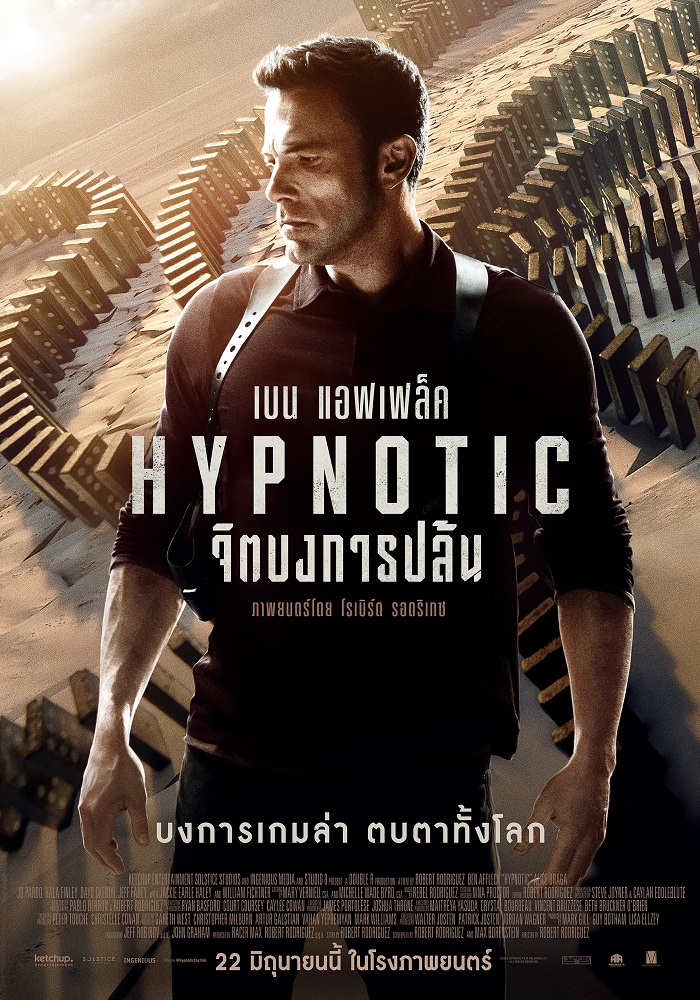Unlocking The Mysteries Of Hypnotiq: A Transformative Journey Into The Subconscious
Imagine stepping into a world where your mind becomes a canvas, painted with colors of deep focus, heightened awareness, and untapped potential. Hypnotiq is not just a concept; it's a phenomenon that has fascinated humanity for centuries. From ancient rituals to modern-day therapy, hypnotiq continues to intrigue and inspire. Are you ready to uncover the secrets behind this mysterious practice? Let's dive in.
Hypnotiq might sound like something out of a sci-fi movie, but it's real, and it's powerful. This mind-blowing technique taps into the subconscious, unlocking doors to personal transformation, healing, and self-discovery. Whether you're curious about its origins or want to explore its benefits, this article will take you on a journey through the wonders of hypnotiq. Before we get into the nitty-gritty, let's set the stage. Hypnotiq isn't just about swinging pocket watches or stage performances where people bark like dogs. It's a legitimate practice that can change lives. Stick around, and you'll learn how it works, its history, and how you can harness its power for yourself.
| Aspect | Details |
|---|---|
| Origin | Ancient civilizations, including Egypt and Native American tribes, practiced forms of hypnotic techniques. |
| Modern Pioneers | Franz Mesmer, James Braid, and Milton Erickson significantly contributed to the development of hypnotism as a therapeutic tool. |
| Applications | Stress reduction, behavior modification, pain management, and enhancing confidence. |
| Scientific Validation | Recognized by the American Medical Association and supported by numerous studies. |
| Reference | American Society of Clinical Hypnosis |
Hypnotiq is the art of inducing a trance-like state where the conscious mind takes a backseat, allowing the subconscious to take center stage. In this state, individuals become more receptive to suggestions, making it an effective tool for behavior modification, stress reduction, and even pain management. The science behind hypnotiq is fascinating. When you enter a hypnotic state, your brainwave activity shifts, resembling that of deep relaxation or meditation. This altered state of consciousness allows therapists to access the subconscious mind, where deep-seated beliefs and habits reside. Hypnotiq bypasses the critical factor of the conscious mind, making it easier to reprogram negative thought patterns. It enhances focus and concentration, helping individuals achieve goals they might have struggled with otherwise. Through hypnotiq, people can tap into their inner resources, unlocking creativity, confidence, and motivation.
Read also:Unpacking The Phenomenon Adek Kakak Fullpack Justpasteit In The Digital Realm
Hypnotiq didn't just pop up overnight. Its roots trace back thousands of years, with ancient civilizations using similar techniques for healing and spiritual growth. From the sleep temples of Egypt to the trance-inducing rituals of Native American tribes, hypnotiq has always been a part of human culture. Let's take a quick trip down memory lane and explore some of the most significant moments in hypnotiq history. In the 18th century, Franz Mesmer, often called the father of modern hypnotism, introduced the concept of "animal magnetism," laying the groundwork for hypnotic practices. In the 19th century, James Braid, a Scottish surgeon, coined the term "hypnotism" and conducted extensive research on its effects. In the 20th century, Milton Erickson revolutionized hypnotiq therapy, making it a respected and widely accepted form of treatment.
Now that we've covered the basics, let's talk about why hypnotiq is such a game-changer. Whether you're dealing with stress, anxiety, or addiction, hypnotiq offers a wide range of benefits that can transform your life. Hypnotiq helps lower cortisol levels, promoting relaxation and reducing stress. By calming the mind, hypnotiq can significantly improve the quality of your sleep. Studies show that hypnotiq can reduce chronic pain and even eliminate the need for certain medications. Hypnotiq is highly effective in breaking bad habits like smoking or overeating. Through positive affirmations, hypnotiq can boost self-esteem and confidence.
One of the biggest concerns people have about hypnotiq is its safety. The short answer? Yes, it's perfectly safe when performed by a trained professional. In fact, hypnotiq is recognized by major health organizations, including the American Medical Association, as a legitimate therapeutic tool. Despite its growing popularity, hypnotiq is still shrouded in myths. You remain fully aware and in control during a session. While most people can be hypnotized, some may require more practice or may not be as responsive. This is impossible. You will always snap out of it, even if the therapist leaves the room.
Ready to give hypnotiq a try? There are several techniques you can practice on your own to experience the benefits of this powerful phenomenon. Just remember, consistency is key! Here are three easy exercises to get you started: Find a quiet place, close your eyes, and focus on your breath. Inhale deeply through your nose and exhale slowly through your mouth. Repeat this for 10 minutes to enter a relaxed state. Starting from your toes, tense each muscle group for 5 seconds, then release. Work your way up to your head, feeling the tension melt away. Picture a peaceful scene, like a beach or forest. Engage all your senses—imagine the sounds, smells, and textures. This technique helps you access your subconscious mind.
Don't just take our word for it. Numerous studies have shown the effectiveness of hypnotiq in various fields. For instance, a study published in the Journal of Consulting and Clinical Psychology found that hypnotiq significantly reduced symptoms of anxiety and depression in participants. Here are some eye-opening statistics about hypnotiq: Approximately 90% of people who undergo hypnotiq therapy report positive changes in their behavior. Hypnotiq has a success rate of 93% in smoking cessation compared to 30% for traditional methods. Studies show that hypnotiq can reduce the perception of pain by up to 75% in chronic pain sufferers.
Not all hypnotiq therapists are created equal. If you're considering professional help, it's crucial to choose someone who is qualified and experienced. Look for certifications from reputable organizations like the National Guild of Hypnotists or the American Society of Clinical Hypnosis. Before committing to a therapist, ask these essential questions: What is your training and certification? How many years of experience do you have? What specific issues do you specialize in? Can you provide references or testimonials from previous clients?
Read also:The Untold Story Of Ainsley Earhardt And Sean Hannity Love Power And Media Influence
As technology continues to evolve, so does the field of hypnotiq. Virtual reality (VR) is now being used to enhance hypnotic experiences, offering immersive environments that deepen the trance state. Additionally, apps and online platforms are making hypnotiq more accessible than ever before. Here are a few technologies shaping the future of hypnotiq: VR headsets create a fully immersive experience, helping users achieve deeper levels of relaxation. Artificial intelligence is being used to personalize hypnotic scripts based on individual needs. Online sessions are becoming increasingly popular, allowing people to access hypnotiq therapy from anywhere in the world.
Hypnotiq is more than just a fascinating phenomenon; it's a powerful tool for personal growth and healing. From its ancient origins to its modern applications, hypnotiq continues to captivate and inspire. Whether you're exploring it for stress relief, behavior modification, or self-discovery, the possibilities are endless. So, what's next? Dive deeper into the world of hypnotiq by trying out some of the techniques we've discussed or seeking the guidance of a professional therapist. Share this article with friends and family who might benefit from it.
Hypnotiq has connections with famous personalities and celebrities who have openly endorsed its benefits. Celebrities like Reese Witherspoon and Lady Gaga have reportedly used hypnotic techniques to manage stress and enhance creativity. The entertainment industry, known for its high-pressure environment, has increasingly embraced hypnotic therapy as a tool for mental well-being. This trend reflects a broader societal shift toward holistic approaches to health and wellness. Hypnotiq's impact on society extends beyond individual transformation; it influences cultural attitudes toward mental health, encouraging openness and reducing stigma.
The rise of hypnotiq in mainstream culture signifies a growing recognition of the mind's potential and the importance of mental health. As society becomes more aware of the interconnectedness of physical and mental well-being, practices like hypnotiq gain prominence. Its application in areas such as sports psychology, corporate training, and education highlights its versatility and effectiveness. Hypnotiq's role in shaping future trends in wellness and therapy underscores its significance in modern life. As we continue to explore the depths of the human mind, hypnotiq remains a beacon of hope and transformation.


